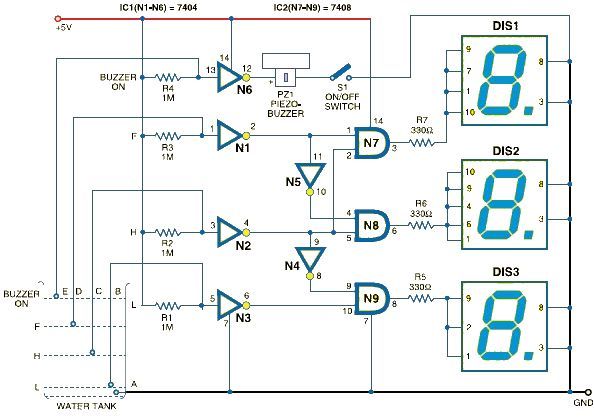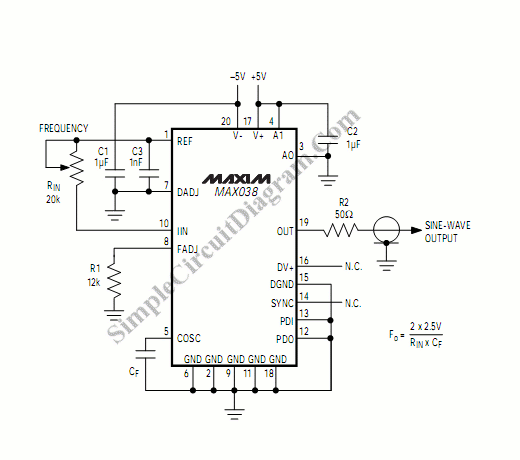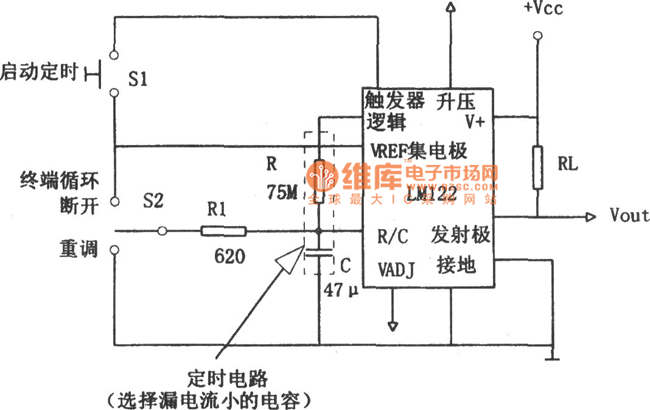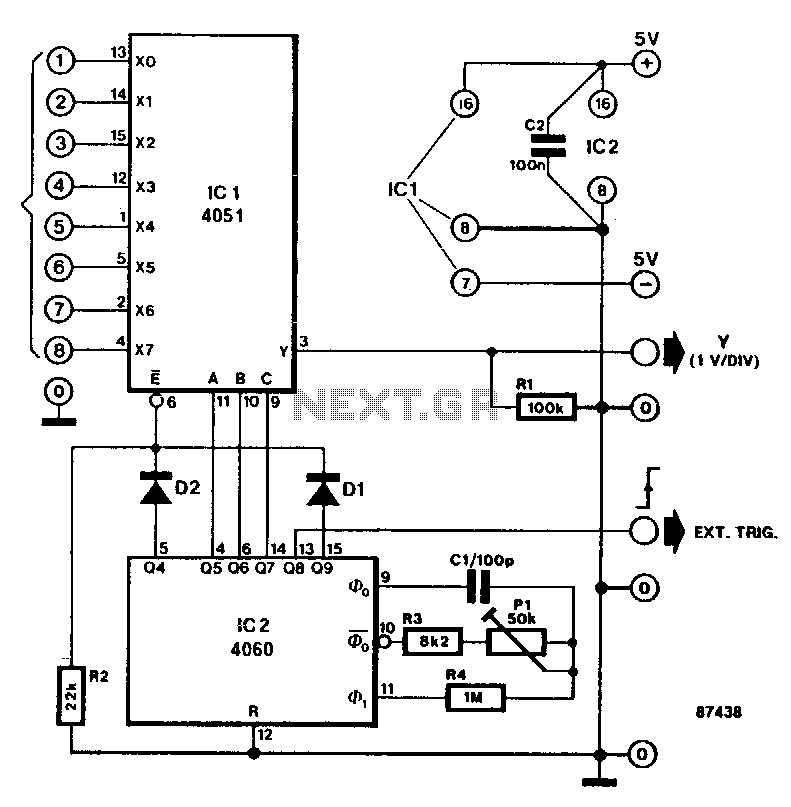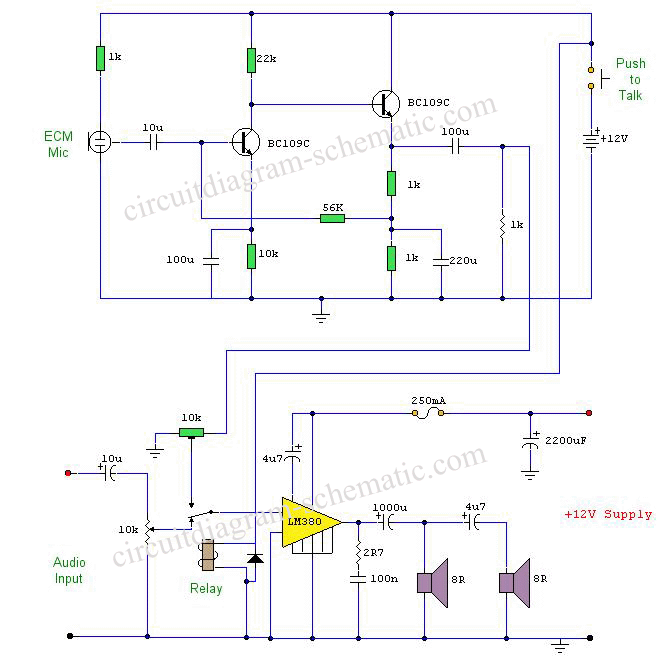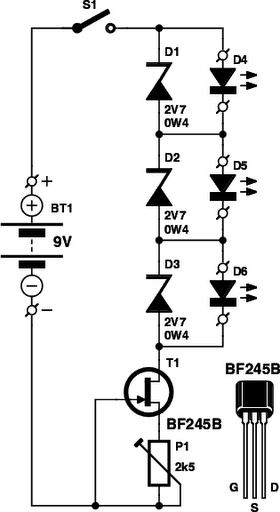
Learn how to use 7-Segment LED Display using Arduino
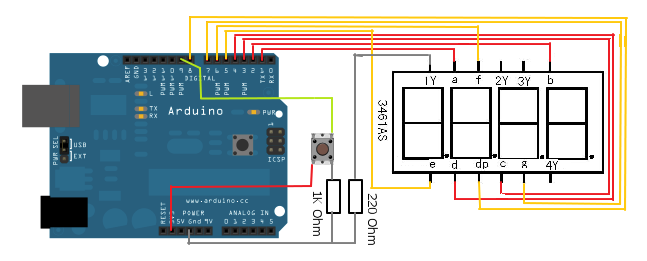
The 7-segment LED display is a highly useful component, yet it can be quite confusing and challenging for beginners to use. However, it becomes straightforward once it is operational for the first time. The display consists of seven LEDs, with an additional one for the decimal point. Similar to controlling a single LED, each segment LED needs to be connected to a digital pin on an Arduino. The circuit diagram of the LED display shows two different types; however, there is no need for concern as the Common Cathode type is the most prevalent in the market. The essential connections involve linking each LED to a pin and connecting the common ground to the ground pin of the Arduino. Programming is then required to control the LEDs, enabling them to display different numbers. A class has been created for utilizing the 7-segment LED display, providing several basic functions that can be expanded upon or modified to include additional features.
The 7-segment LED display is a crucial component in various electronic applications, particularly in digital clocks, counters, and other numeric displays. Each of the seven segments can be illuminated in different combinations to represent the digits from 0 to 9, as well as some alphabetical characters. The display can be categorized into two types: Common Cathode and Common Anode. In a Common Cathode configuration, the cathodes of all segments are connected to ground, while each segment's anode is connected to an individual control pin. Conversely, in a Common Anode display, all anodes are connected to a positive voltage, and the segments are turned on by connecting their cathodes to ground.
To interface a 7-segment display with an Arduino, each segment must be connected to a digital output pin. For example, segment 'a' can be connected to pin 2, segment 'b' to pin 3, and so on, with the decimal point segment connected to another pin if needed. The ground pin of the display should be connected to the Arduino's ground.
The programming aspect involves defining a function that controls which segments light up to form the desired number. This can be achieved using arrays to map the segment states for each digit. A typical implementation includes a function that takes a digit as input and activates the corresponding segments by setting the appropriate pins HIGH or LOW.
To enhance the functionality, the created class can be expanded with additional methods, such as displaying characters, scrolling numbers, or even handling multiple displays. This modular approach allows for greater flexibility and customization, facilitating the integration of the 7-segment display into various projects.7-Segment LED Display is a very useful component, but also a very confusing and difficult piece to use for beginners. It won`t be difficult once you get it working for the first time. It basically consists of 7 LEDs, (8 if include decimal point). Just like controlling a single LED, we need to connect each segment LED` to a Arduino digital pin. Here is the circuit diagram of the LED display: You might notice, there are 2 different type of them, don`t be scared by them, because in the market, the Common Cathode type is the most popular so you won`t need to care about the other type. Basically, all you need to do is to connect each LED with a pin, and connect the shared Gnd connector to the ground pin.
Next you will need to program it, sorequired LEDs are switched on todisplay different number. I have created a class for using the 7 seg LED display, it`s not a complete working class, but gives a few very useful basic functions. Feel free to expand it and add new useful functions, or create your own class. 🔗 External reference
The 7-segment LED display is a crucial component in various electronic applications, particularly in digital clocks, counters, and other numeric displays. Each of the seven segments can be illuminated in different combinations to represent the digits from 0 to 9, as well as some alphabetical characters. The display can be categorized into two types: Common Cathode and Common Anode. In a Common Cathode configuration, the cathodes of all segments are connected to ground, while each segment's anode is connected to an individual control pin. Conversely, in a Common Anode display, all anodes are connected to a positive voltage, and the segments are turned on by connecting their cathodes to ground.
To interface a 7-segment display with an Arduino, each segment must be connected to a digital output pin. For example, segment 'a' can be connected to pin 2, segment 'b' to pin 3, and so on, with the decimal point segment connected to another pin if needed. The ground pin of the display should be connected to the Arduino's ground.
The programming aspect involves defining a function that controls which segments light up to form the desired number. This can be achieved using arrays to map the segment states for each digit. A typical implementation includes a function that takes a digit as input and activates the corresponding segments by setting the appropriate pins HIGH or LOW.
To enhance the functionality, the created class can be expanded with additional methods, such as displaying characters, scrolling numbers, or even handling multiple displays. This modular approach allows for greater flexibility and customization, facilitating the integration of the 7-segment display into various projects.7-Segment LED Display is a very useful component, but also a very confusing and difficult piece to use for beginners. It won`t be difficult once you get it working for the first time. It basically consists of 7 LEDs, (8 if include decimal point). Just like controlling a single LED, we need to connect each segment LED` to a Arduino digital pin. Here is the circuit diagram of the LED display: You might notice, there are 2 different type of them, don`t be scared by them, because in the market, the Common Cathode type is the most popular so you won`t need to care about the other type. Basically, all you need to do is to connect each LED with a pin, and connect the shared Gnd connector to the ground pin.
Next you will need to program it, sorequired LEDs are switched on todisplay different number. I have created a class for using the 7 seg LED display, it`s not a complete working class, but gives a few very useful basic functions. Feel free to expand it and add new useful functions, or create your own class. 🔗 External reference
